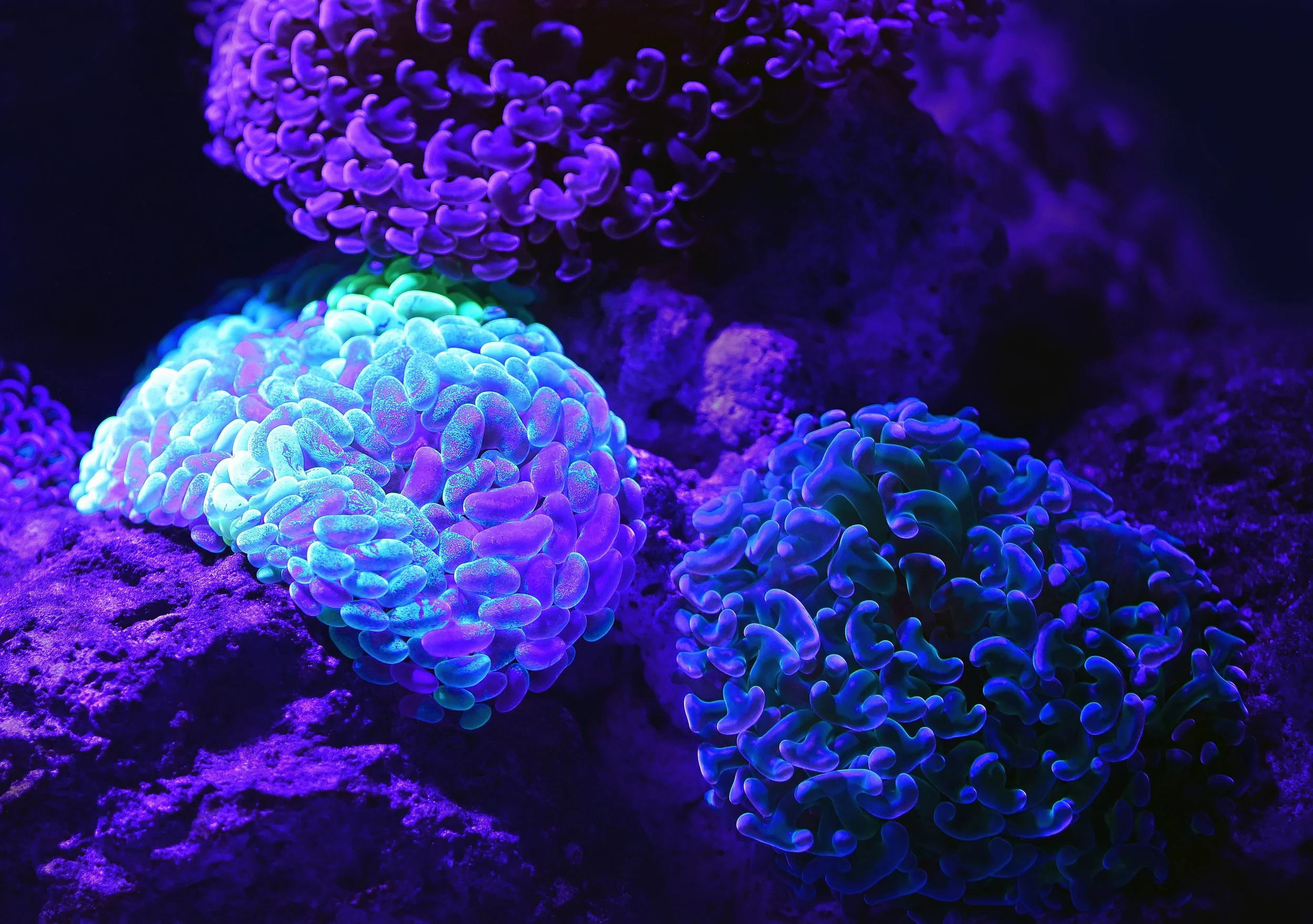On neurodiversity and neurodivergence
Image by David Splode on Unsplash
Listen, I get it.
You’ve been calling yourself 'neurodiverse' for a few years now and people suddenly telling you you’re wrong—that you should be calling yourself 'neurodivergent'—feels like an attack.
You know yourself best, right? You’ve worked hard to name and claim your needs, and you’ve patiently explained, for example, why you identify as autistic, not you with autism, to someone arguing, ‘But you’re a person first…’
If neurodiverse is the word with which you self-identify, that’s okay.
If your audience—your friends, your family—knows exactly what you mean when you say you’re neurodiverse, you don’t need me to tell you to do things differently. You can stop reading now.
But if your audience is broader than your nearest and dearest—if, like me, you’re someone who talks a lot about this stuff, both personally and professionally, and you want to have an inclusive impact—stick around.
What’s neurodiversity?
Diversity is a measure of difference among a group of people.
Diversity—in this case, neurodiversity—is a group characteristic.
When I talk about neurodiversity or I use the adjective neurodiverse, I’m talking about the range of neurotypes within a given group of people: a national population, an organisation, a team, a fan base… I'm talking about the wide range of different ways these people think about, process and do things.
For example, I might show an organisation how to recruit for a more neurodiverse staff, because neurodiversity can result in creative problem-solving and enrich organisational outcomes. Perhaps my audit will spotlight interview scorecards requiring commentary on eye contact and scripts that prompt an interviewer to ask multiple questions at once: practices that discriminate against autistic candidates.
The result of such bias—the opposite of diversity—is homogeneity. Sameness.
And its partner, when we talk about workplace and other practices that perpetuate narrow expectations, is normativity—in this case, neuronormativity… A conversation for another day.
What’s neurodivergence?
Divergence tells us about difference in a single person.
Divergence—neurodivergence—is an individual characteristic.
When I talk about neurodivergence or I use the adjective neurodivergent, I’m talking about one person’s neurotype—perhaps about someone who’s autistic or has ADHD (or perhaps, like me, both). The word tells us that the way this one person thinks about, processes or does things is different (diverges) from the way most people think about or do things (the norm).
For example, I might talk about the ways in which my own neurodivergence enriches my EDI practice, allowing me to join the dots and see the big picture or to hyperfocus on detail in documents and uncover nuanced unintended effect. And I might seek out community among other neurodivergent professionals, because sharing our strategies for harnessing these strengths and our stories can be a source of competence and confidence.
The opposite of neurodivergent, meanwhile, is neurotypical—and this is the norm that shapes too many of our workplace and social expectations. A norm we can choose to challenge.
When might the difference between neurodiversity and neurodivergence matter?
If you’re writing for or talking to a diverse audience, some people will understand the difference between neurodiversity and neurodivergence, and others won’t.
Some will care about the difference and others won’t.
Of those who understand and care about the difference, there will always be a few who weaponise perceived errors to undermine our credibility. We see it all too often on social media—and I’ll be honest: these are not the people I’m concerned with when I invite you to consider whether and when the difference between these two words might matter.
Instead, let’s focus in on the neurodivergent members of your audience.
It’s reasonable to assume that many of us won’t notice or care which word you use in which context… We’ll still hear you either way.
But, for some—perhaps only a few—of us, the ‘wrong’ word in the ‘wrong’ place can be a barrier to our positive engagement.
The urge to ‘correct a mistake’ can be compulsive when we’re autistic, and—contrary to neurotypical social norms—your reader might act on it, perhaps leaving you feeling angry and small as a consequence. Someone else listening to you speak might notice, but mask, that urge—their own skin prickling and heart pounding.
Either way, our neurodivergent friend might realise they’ve been hyperfixating on that one misplaced word and heard none of the many meaningful things you said afterwards… And that would be a shame.
This instance—this person—is when and why the difference between the two words might matter. When it’s worth taking the time to get it ‘right’.
Because getting it ‘right’ will land lightly—even invisibly.
But getting it ‘right’ is how you land your words intentionally—inclusively—and how you make sure your message shines.
[First published as a LinkedIn article on 15 February 2023]

